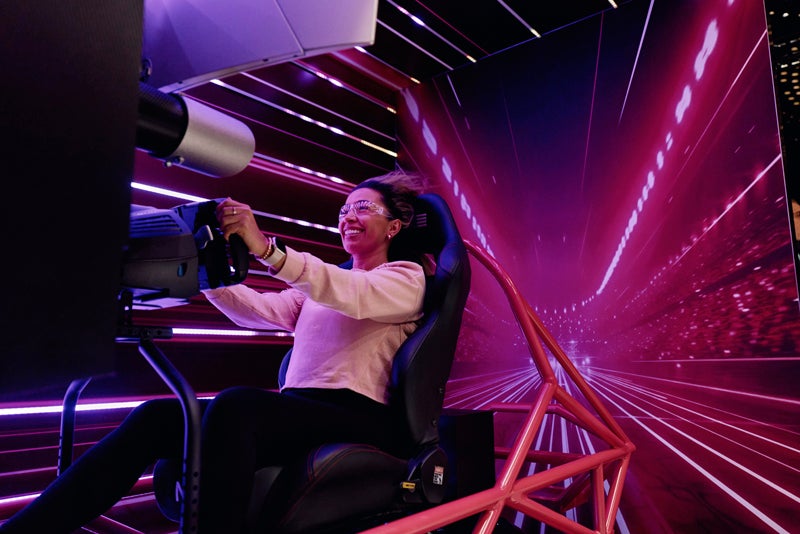
In-house agencies are exploding in popularity, becoming a go-to option for brands seeking greater control, faster turnaround times and cost savings. These internal teams have the potential to grow from scrappy start-ups to full-fledged marketing juggernauts. However, transforming an in-house agency into a marketing juggernaut comes with its own set of challenges.
Scaling an in-house agency is a dynamic process often hindered by operational inefficiencies and gaps in strategy, planning and workflows. The following tips will help overcome the hurdles in-house agencies face during growth and share insights on managing increased projects and resources efficiently.
Strengthening Collaboration With Stakeholders
In-house agencies often function as shared services for many companies. This makes tight collaboration and careful oversight of resource allocation crucial, ensuring alignment of the company’s strategic priorities.
Improving relationships with brief owners and business unit heads, along with understanding and identifying opportunities, can open up the door for additional projects. Making this a successful endeavor builds the agency’s reputation and creates the cycle that can secure the buy-in, resource and confidence to evolve the in-house agency and its remit.
To strengthen these relationships, consider implementing regular check-in meetings with brief owners and business unit heads. These sessions can help you better understand their expectations and demonstrate the value your agency brings to their projects.
Many in-house agencies are branding themselves as separate agencies within their companies. This helps them with recruiting quality talent and establishing autonomy, team culture and ultimately respect throughout the entire organization.
Corporate Alignment
Guaranteeing that the in-house agency’s initiatives align with the broader organizational goals is crucial. This includes aligning the pillars of corporate growth, sustainability, and diversity and inclusion initiatives with the agency’s projects and strategies. By tying investment back to these goals, the agency can demonstrate its value and secure necessary resources. Aligning with these pillars not only helps in achieving corporate objectives but also strengthens the agency’s role within the organization, ensuring that every project contributes to overarching strategic aims.
Technology Adoption
As an in-house agency grows, so will the complexity of your marketing campaigns, often necessitating new technology to gain efficiency. Adopting the right technology to facilitate scalability and optimize processes for future growth is a must.
Technology is the best friend of an in-house agency leader who wants complete visibility over all moving parts. Artificial intelligence (AI) and machine learning, in particular, are streamlining resource allocation and staffing decisions within agencies and marketing departments.
Workflows are the connective tissue, and will enable your future AI plays across projects, personnel, budgets and content. By seamlessly integrating these elements, it fosters collaboration and facilitates improved project delivery. As a result, managers can see which projects are progressing, which resources are available or working at capacity.
Great technology, such as a work management platform, should simplify, remove work, mimic your language and process, and be easy to use for everyone.
While technology offers undeniable benefits, its implementation can create operational inefficiency and negatively impact morale if processes become overly complex and burdensome, turning people into process managers. If this is your reality, find technology that gives back time to your talent so they can focus on value creation.
Internal-External Agency Optimization
In-house agencies must collaborate effectively with external agencies to fill skill gaps and handle overflow work. The landscape and mix are always shifting between in-house and agency resources. Leveraging shared systems can streamline collaboration and ensure everyone works from the same information. Optimize by building on what you have created in-house and developing a symbiotic relationship with external partners.
If you have problems with your external agency, figure out why and your role in this breakdown. Then design a combination solution that is clear and practical. Service Level Agreements (SLAs) can help manage the expectations of internal clients.
Efficiency Should Buy Impact
A recent audit by Screendragon, “The State of Creative Operations,” surveyed over 100 creative leaders from top brands and agencies like DDB, Leo Burnett, Vye, TBWA and Weber Shandwick. The report shows an expanding industry, yet 52% of agencies feel under-resourced due to increasing workloads, with 70% experiencing a growth in assignments and expectations year on year.
Inefficiencies can impede well-intentioned endeavors. Simplifying workflows, leveraging technology and implementing effective change management strategies can ensure that bureaucracy never overshadows creativity.
Scaling an in-house agency requires thoughtful planning and strategic execution. Addressing these challenges head-on can transform an in-house agency into a powerful engine that drives sustainable growth for your brand.
Clive Sirkin is Executive Chairman of workflow automation platform Screendragon.



